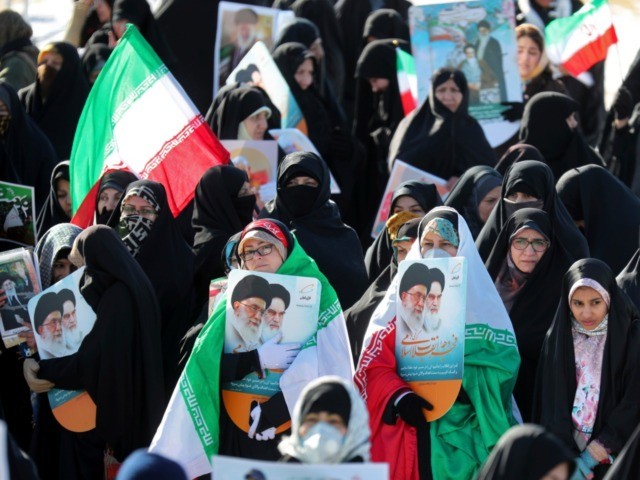Forget World Wars I and II, the rise of Communism in Russia and China and the Cuban missile crisis: the single biggest moment of the 20th century was the 1979 Islamic Revolution in Iran.
So says Afghan professor and presidential candidate Abdul Lateef Nazari who claimed Wednesday that according to Iran’s, “friends and foes alike, Islamic Revolution was the biggest development of the 20th century” which was based on, “spirituality” and nurtured people like the late terrorist leader Qasem Soleimani.
The Iran revolution began in January 1979 and ended on Feb. 11 with the overthrow of monarch Mohammad Reza Pahlavi, who was an ally of the United States.
An interview published by the semi-official IRNA press service carried the view that, “the Islamic Revolution introduced the discourse of resistance to the world arrogance.” It continued:
Nazari said that the difference between the Islamic Revolution and the two previous big ones, i.e. the Russian and the French revolutions, is that spirituality and its ideological function are clearly seen in the former.
Regarding the U.S. terrorist attack to assassinate Lieutenant-General Soleimani’s at the direct order of President Donald Trump, Nazari said that General Soleimani was not just a skilled anti-US commander to be compared to Che Guevara; he was a creative politician that changed the discourse of resistance whose center is Iran into a paradigm in Western Asia and globalized it.
He added that the Resistance aims at driving the US out of the region and restoring the Islamic civilization. The idea is prevalent in some regional countries.
The interview continued to outline a series of cententious ideas that pointed to growing Islamic dominance of the wider world.
It added that far from being a terrorist driven by the urgent need for broadening jihad, Gen. Qasem Soleimani, the former commander of the Quds Force of the Islamic Revolution Guard Corps who was eliminated in a U.S. drone strike last month, was simply misunderstood.
Instead of being a jihadist bent of destruction, he was a humble resistance leader working across Syria to Yemen and from Iraq to Afghanistan, with his abilities known to, “put the enemies of the Resistance into strategic confusion. He disrupted all the plans of Iran’s enemies in Syria, Iraq, Lebanon and Yemen single-handed, and gave an identity and a personality to the Resistance.”
IRNA claims the influence of Iran is now seen on a global scale and locally, “from the Indian Ocean to Bab al-Mandab Strait, and from the east coast of the Mediterranean Sea to the Caspian Sea. Iran is the biggest and the most influential power in the region.”
The article offered no evidence to support the claim of Iran’s so-called ideological dominance or newly acquired position as the major regional power of the Middle East and beyond.

COMMENTS
Please let us know if you're having issues with commenting.